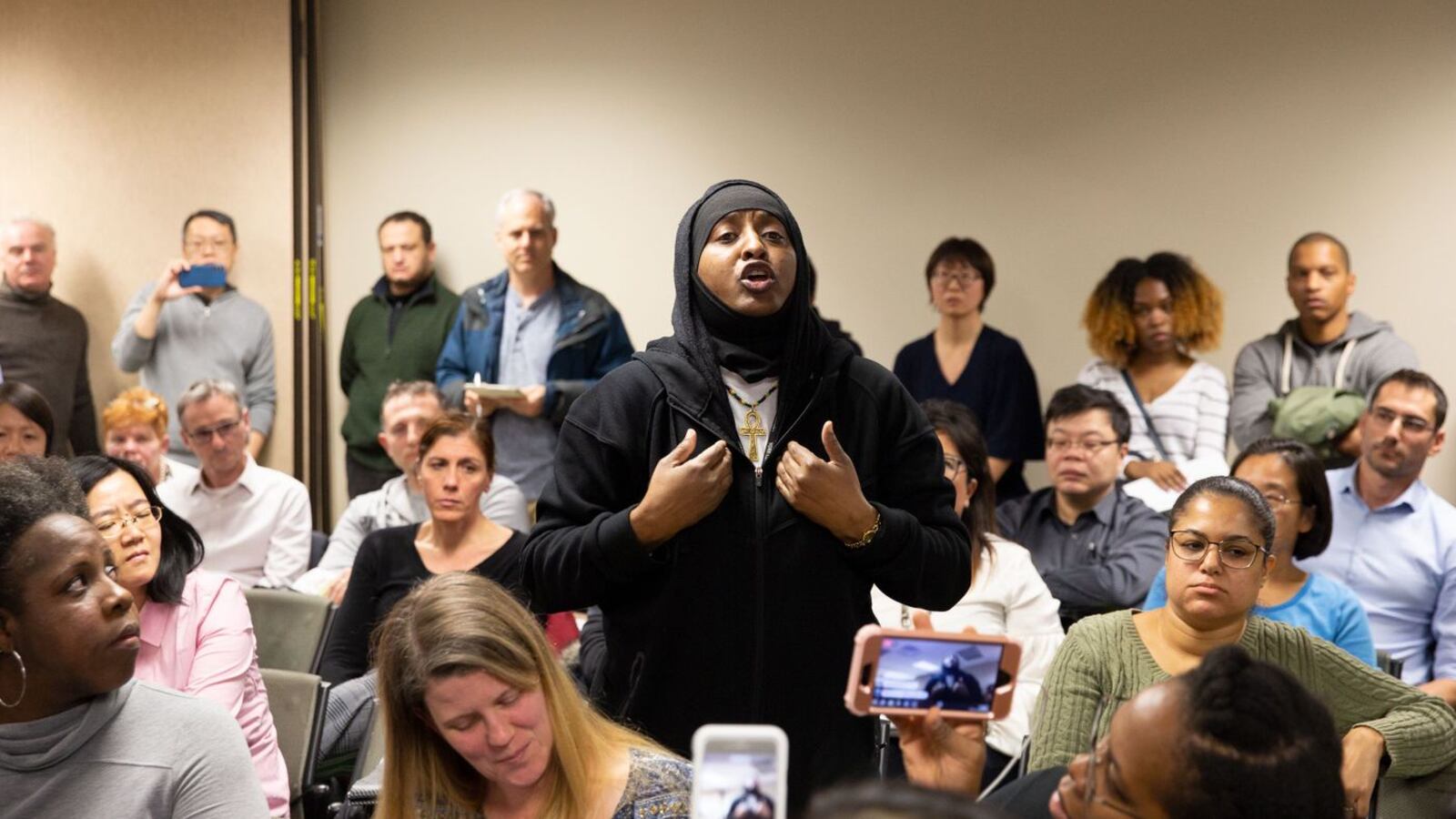
This story was originally published on Dec. 5 by THE CITY.
Queens parents packed a meeting in Jamaica Thursday night that was called to quell anxieties about a just-launched effort to improve local middle schools’ racial diversity — one of five such projects citywide.
Planned public meetings and workshops aren’t officially set to begin until next month on the potential overhaul of District 28, which spans Forest Hills, Kew Gardens, Rego Park, and Jamaica.
But parents with children in the district, where most middle schools are residentially zoned, demanded an advance opportunity to have their say amid concerns over the fate of selective admissions screening and school choice.
“You shouldn’t be forcing people to move and uproot their lives so that [the Department of Education] can make a new chart next year,” said Irene Raevsky, a parent from Forest Hills. “If you’re asking for dezoning or setting aside percentages for zoned schools, it’s going to be a problem … We are not going to take it lying down, OK?”
The diversity push follows years of debate over the often sharp racial, ethnic, and class differences among public schools within districts. Any final recommendations would have to be approved by Mayor Bill de Blasio and schools Chancellor Richard Carranza, who also have been trying to diversify the city’s elite high schools.
The meeting also came as parents and kids were already fretting over the middle and high school applications deadline looming Friday.
‘A Lot of Strong Feelings’
Consultants from WXY, a firm hired by the Department of Education to guide planning, presided as parents at the standing-room-only crowd peppered them with questions and heated statements.
Parents repeatedly asked about the composition of a working group of residents, students, and educators who will advise officials. They also wanted to know whether proposed recommendations would reduce their children’s chances of being accepted to their first-choice schools.
Several parents questioned the diversity push, stating that education officials should instead focus on investing in lower-performing schools, many of which are clustered in the district’s southern end.
“Why aren’t we, instead of worrying about spreading out all the inequality, focus[ing] on the schools in the south, [to] build the schools up in the south with the basic necessary tools that the students need?” asked Lorraine Reid, of Jamaica, whose child attends Redwood Middle School.
Others cited the district’s wide geographic expanse in noting how potential changes to zoned schools could dramatically increase student commutes.
“If we’re going to be honest here, most families in Rego Park, in Forest Hills, are not going to put their kids on extensively long commutes for the pleasure of attending a subpar school. It just doesn’t make any sense,” said parent John Schaefer.
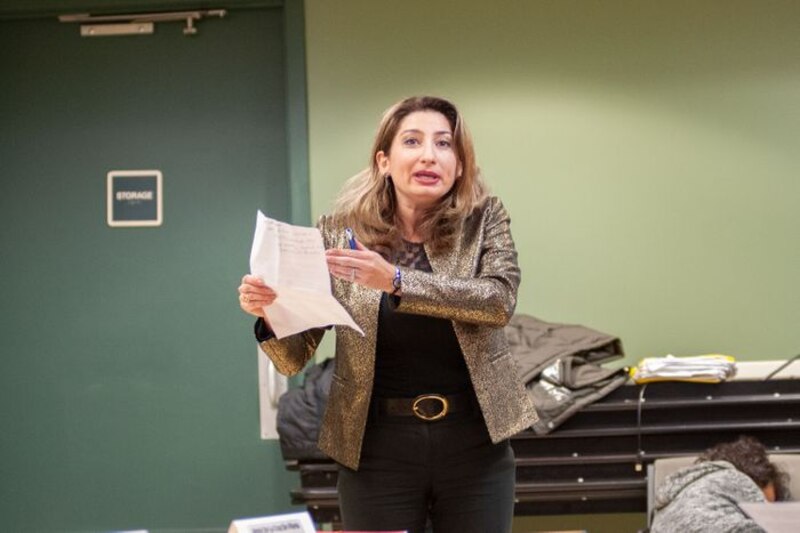
“If we are going to say to the families in south Queens that the only way to get a good education is to send your kids to north Queens, that is an embarrassment.”
The forum was abruptly cut off after two hours, leaving dozens of parents’ grievances unheard.
Adam Lubinsky, a managing principal at WXY, said there were “a lot of strong feelings” at the meeting, but noted, “we are here to listen.”
But Grace Chang, the mother of a kindergartener in Forest Hills, declared the meeting a disappointment.
“They did not say anything,” she said. ”They did not give straight answers.”
A District Divided
More than 42,000 students attend 40 schools across sprawling District 28. More than 68% of students are classified as living in poverty, and about 11% of students primarily speak a language other than English at home.
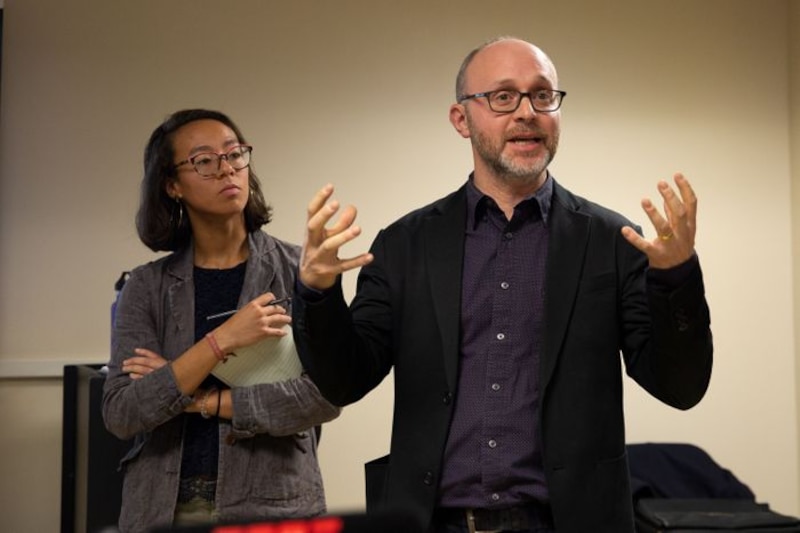
In the 2018-19 school year, the district’s students were about 16% white, 20% black, 28% Hispanic, and 30% Asian, according to the city’s Department of Education. But the enrollment data also reveals a racial divide across geographic lines.
The majority of white students attend schools in the northern part of the district, in areas such Forest Hills and Kew Gardens, while most black students attend schools at the southern end.
In Forest Hills, for instance, Russell Sage Junior High School’s student body is 32% Asian, 30% white, 27% Hispanic and 7% black. Roughly 42% of students are identified as living in poverty.
Meanwhile at Richard S. Grossley JHS in Jamaica, students are 19% Asian, 2% white, 27% Hispanic and 41% black. About 85% of the school’s students live in poverty.
Former district superintendent Mabel Sarduy secured a $200,000 grant last summer from the city Department of Education for District 28, making it one of the five selected citywide to take a fresh look at admission procedures with an eye toward boosting diversity.
Districts were invited to focus on themes such as admissions policies and academic outcomes, and, ultimately, to draft recommendations furthering school integration efforts.
“Rents and property values on the northern end of the district are much higher — one of the main drivers of socioeconomic and racial segregation in the district,” Sarduy wrote in her application for the city’s diversity plan grant.
“Even though we are diverse as a district, many of our students from different ends never get to know and interact with each other.”
The ‘What-Ifs’
Vijah Ramjattan, the district’s Community Education Council president, said the WXY consultants were invited to the Thursday meeting at the district office to “give them a chance” to offer parents a preview of the process that will begin with an initial public forum in January.
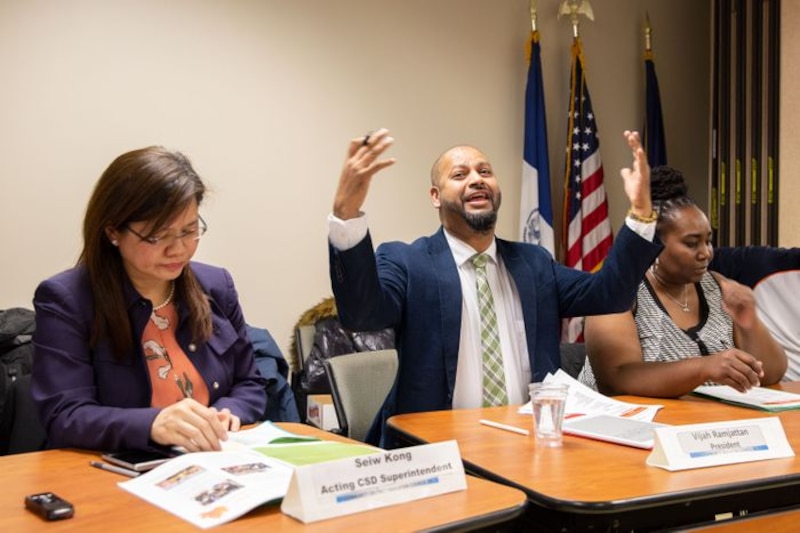
“Nothing has been decided,” Ramjattan told THE CITY prior to the session. “I think the anxiety that is happening is the what-ifs if this goes through.”
According to the city Department of Education, the process is expected to unfold over the rest of this school year, with multiple rounds of public gatherings, community presentations, and closed-door meetings.
The consultants from WXY and the district office have assembled a working group of community stakeholders to lead engagement, said Katie O’Hanlon, an education department spokesperson. The roster was announced Thursday night — listing affiliations of members, but omitting their names.
The group met for the first time Wednesday, according to an email circulated by WXY.
Effort Started Two Years Ago
In 2017, the DOE formed a School Diversity Advisory Group of students, experts, parents, advocates, and others to draw up policy recommendations to promote diversity and integration.
This June, the mayor and schools chancellor announced the bulk of the recommendations would be adopted, such as establishing new diversity metrics and monitoring disparities across schools’ student discipline practices.
District 9 in The Bronx, Brooklyn’s Districts 13 and 16, and Staten Island’s District 31 will also be drafting diversity plans as part of the effort.
Some middle schools in these five districts, including District 28, admit children based on residential zones. Others accept children from anywhere in the district, and each school sets its own admissions policies, O’Hanlon said.
WXY’s $775,000 contract with the city covers planning for all five districts, at a fee of $155,000 per district, paid for by the grants. Staten Island has not yet opted to work with the firm, according to DOE.
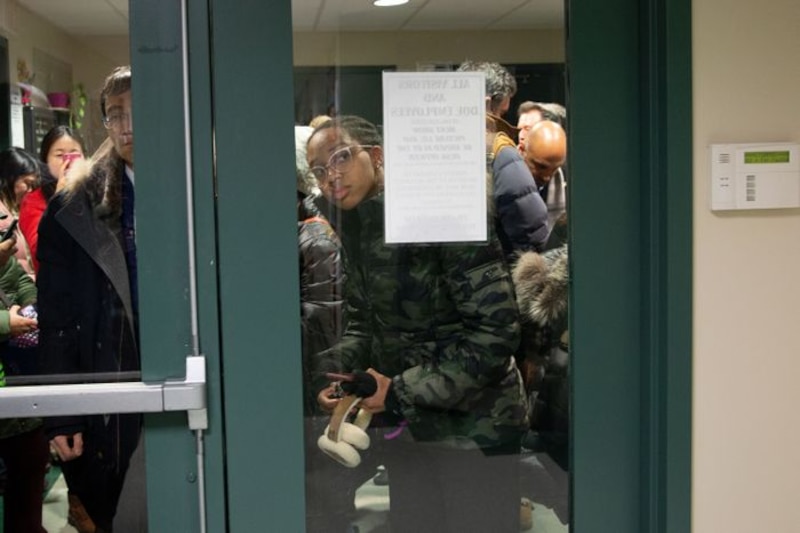
The DOE noted in contract papers that it selected WXY in part because of its experience leading Brooklyn’s District 15 middle school diversity plan, unveiled in June 2017 and implemented this fall.
That district, with DOE’s approval, opted to eliminate admissions screens — grades, test scores, attendance and/or auditions — in favor of a lottery system giving priority to English language learners, low-income students, and those living in temporary housing.
Recent city data showed that District 15 schools became more diverse this year — and not at the expense of a disproportionate number of white and middle-class families pulling their kids out of public schools.
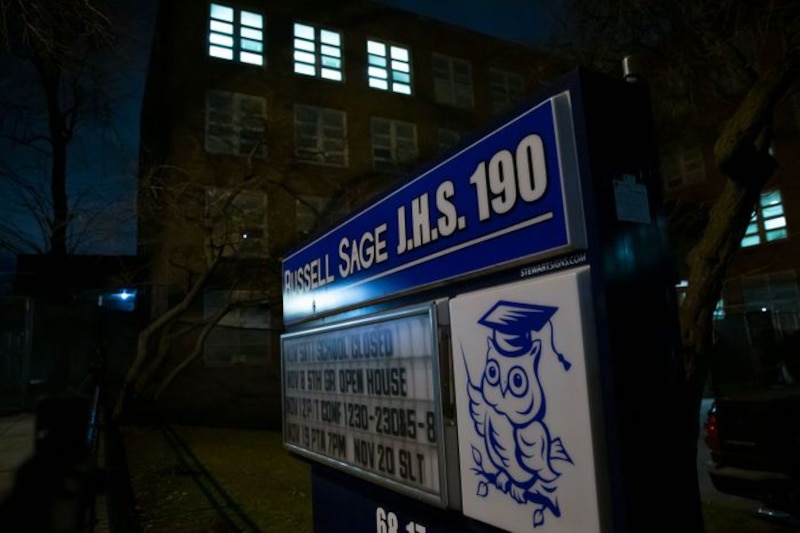
At the Thursday meeting, District 15’s diversity changes were not seen as a success at all by the few who mentioned it, noting that some students no longer were able to go to their closest zoned school.
“District 15 is one-third the size of District 28 in both population and geography. Geography is important because it means longer travel time for those being allocated to schools they did not choose,” said parent Jason Fink.
Fink added that District 15’s diversity plan lists 10 goals, with the final one being for it to serve as a model for other districts.
“The question you all have to ask is: Do you want that plan to be serving as a model for this one?” he said. “Because that’s what’s on the table.”

